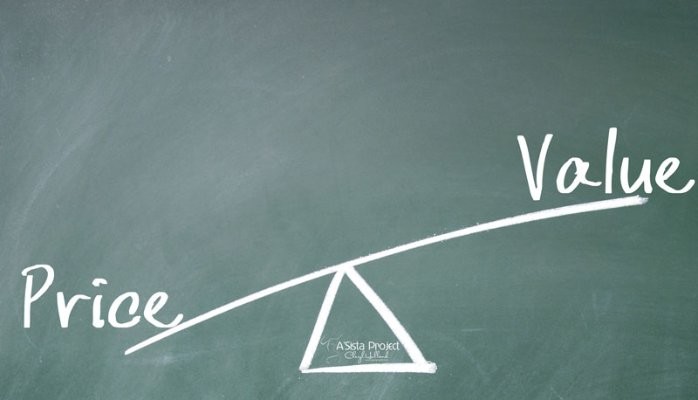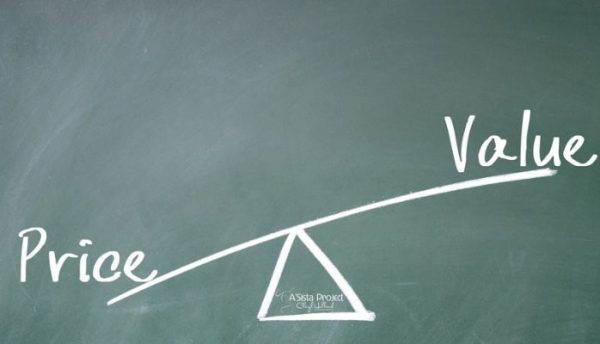Pricing your product is a delicate balance. Set it too high, and you risk alienating potential customers. Set it too low, and you could be leaving money on the table while undervaluing your offering. Determining the optimal price point requires careful consideration of various factors, including production costs, market demand, competition, and perceived value. However, many business owners inadvertently underprice their products, potentially hindering their profitability and long-term success.
Read more about Business
Do you suspect you’ve pegged your prices beneath what’s appropriate for your product? Here’s a guide to help you know for sure. Here, we’ll also show you how to rectify the situation:
Profit Margin Analysis
Calculate your profit margin by subtracting the cost of goods sold (COGS) from the selling price and dividing the result by the selling price. If your profit margin is significantly lower than industry standards or fails to cover operating expenses adequately, it’s a clear indication that you’re underpricing your product.
Market Comparison
Research the competitors within your industry to understand their pricing strategies and how your product compares in terms of features, quality, and value proposition. If your product offers comparable or superior benefits but is priced substantially lower than competitors, you may be underestimating its value.
Customer Perception
Monitor customer feedback and reactions to your pricing. If customers consistently express surprise or disbelief at the affordability of your product or perceive it as “too good to be true,” it could signal that you’re underpricing. While competitive pricing is advantageous, excessively low prices may raise doubts about your product’s quality or credibility.
Sign up for the Connect Nigeria daily newsletter
Cost Consideration
Evaluate your production costs, including materials, labour, overhead, and distribution expenses. You should ensure that your pricing adequately reflects these costs while allowing for a reasonable profit margin. Underestimating or overlooking these expenses can lead to unsustainable pricing models.
Demand and Sales Volume
Analyze sales data to assess demand elasticity and sales volume relative to pricing changes. If lowering prices consistently results in disproportionately higher sales volume without a corresponding increase in profitability, you may be underpricing your product. Conversely, if sales stagnate despite competitive pricing, it could indicate that customers perceive your product as lacking value or quality. That, too, is a sign that they think your offering is ‘cheap’ relative to similar alternatives.
Brand Perception
Think about the long-term impact of underpricing on your brand image and market positioning. Are there signs that your current prices give the impression that your brand is low-grade? Although discount pricing strategies may attract initial customers, they can undermine brand integrity and erode perceived value over time. Strive to balance affordability and premium quality to maintain brand equity and sustainable growth.
Register to attend the CN Business Mixer
Final Words
If you’re going to price your product appropriately, you must conduct careful analysis and market research, and continually evaluate where the market is. Competitive pricing does enhance market penetration and customer acquisition, but underpricing poses risks to profitability, brand perception, and long-term viability.
Got a suggestion? Contact us: [email protected]


